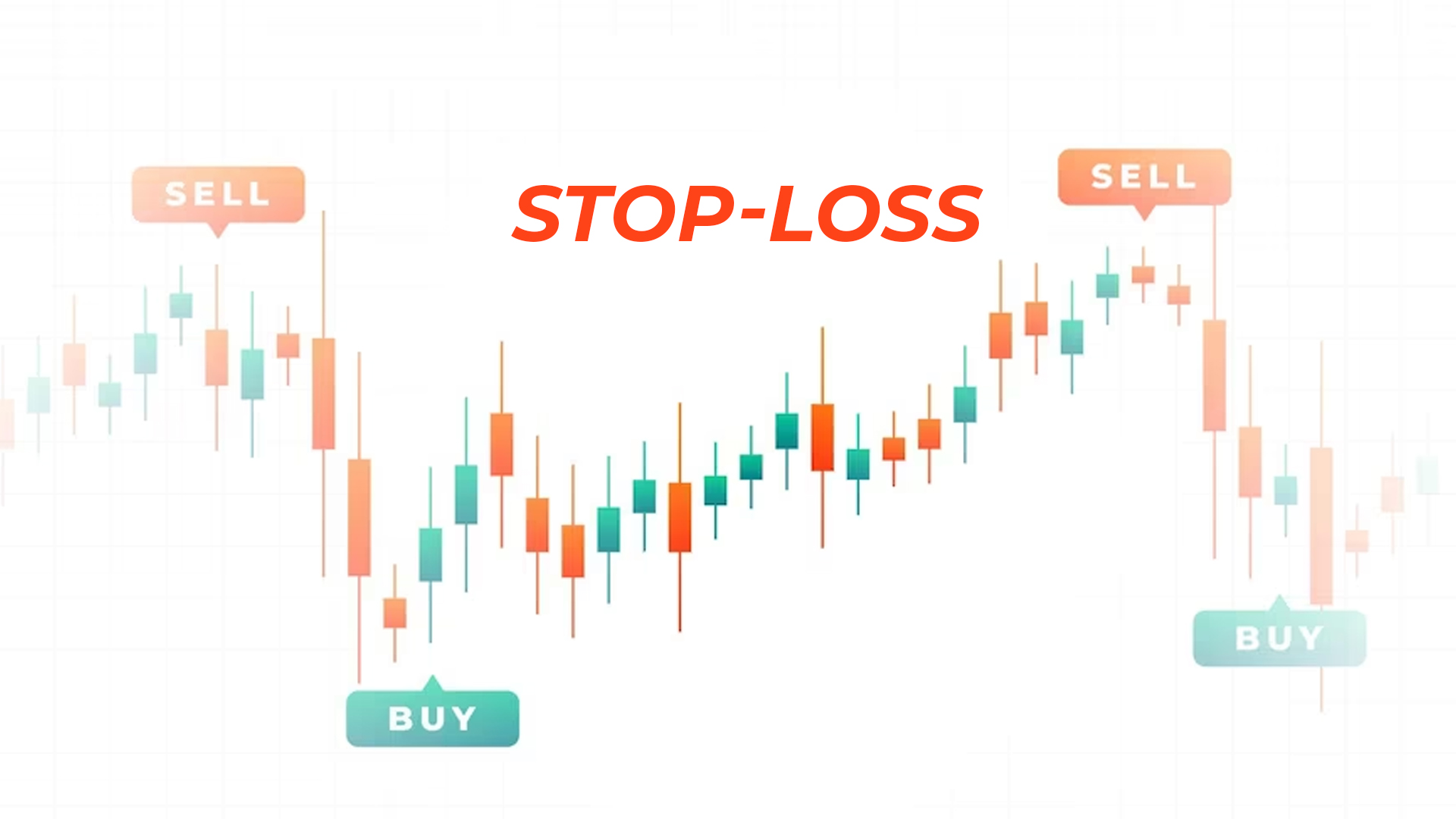
Trading with Stop-Loss and Take Profit to Control Risk
- Stop-loss helps reduce additional loss in a trading position by marking the ratio of loss a user is willing to take.
- Take Profit (TP) specifies the exact position to close out an open position to make a profitable trade.
Stop-loss and Take profit are set up to make a profitable trade while reducing further potential losses. Beginner traders must learn about these concepts to make money in Forex trading. These trading strategies play a crucial role in your trading journey. These tools are mostly available on trading software and help to see how much a trader is willing to lose or gain on a trading position. These tools prove to be more beneficial in risk management.
Stop-Loss and Take-Profit Orders
A Stop Loss (SL) is automatically triggered and is placed by traders when the price reaches a certain point. Before making a trade, it’s crucial to know in advance where to place the stop-loss order to calculate your risks and profitable outcomes. This order placement must be determined based on the given situation. Traders normally place stop-loss far from notable levels.
For example, if a user is buying a pair of currencies within the resistance level, the stop order should have to be placed below the resistance level. If the price reminisces, the level might stop the price from further falling and then reverse it towards the preferred position. Once the SL is located away from the entry price, the trade size is calculated as the next step.
The Take Profit (TP) order, on the other hand, works just opposite the SL. It also marks the closing point, but in the case of profit, when a desired level of profit is reached, the trading platform you are using automatically closes your position after acquiring that particular level. Take profit are limit orders that are placed after analyzing the fundamental or technical aspects of a trade. This concept is beneficial for short term traders who are willing to harness the profit potential of price fluctuations in security costs.
Importance of Stop-Loss and Take Profit
These concepts are more profitable if used with complete knowledge. It covers the most crucial aspect of market volatility, which is Profit and Loss. However, if someone acquires efficiency in this concept, they can potentially reduce the associated risks while making massive profits.
- By using these concepts, a trader can prevent impulsive and emotional trading decisions. In general, it’s normal if a user makes a loss and then closes up the position, making profit. Because of impulsive trading, beginners close up the position too early or run the trade for too long.
- Risk management is another aspect of using these strategies. This helps a user mark positions from risk to reward. The amount a trader is willing to lose is sometimes proportional to trade’s potential rewards.
- Instead of monitoring the market condition by knowing the right time to close a position to trade with loss or profit, users can take advantage of these tools by automatically summing up the position. Furthermore, traders don’t have to track around the clock after execution of a trade. With these tools, users can always use predetermined Stop-Loss and Take Profit levels while doing other important tasks.
Conclusion
If a trade is not in your favor or continuously has a market bump, these tools can potentially help you reduce risks while making massive profits. A 5:15 ratio is created by using these concepts to create a risk-to-reward ratio. They must be placed with proper strategy at a certain point to stop it from being triggered soon so that a user won’t lose too much. Beginner traders must use stop-loss and take profit orders with proper knowledge to harness profit with risk management strategies.
